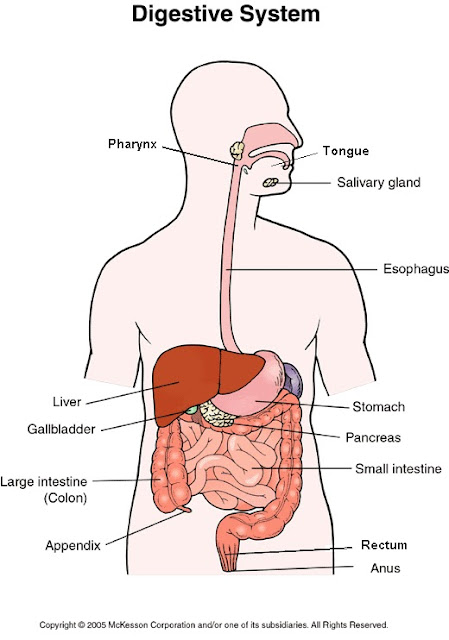Las características de los seres vivos, las diferencias entre seres vivos e inertes, las funciones vitales, las partes de una célula y sus funciones, la diferencia entre célula animal y vegetal, organismos unicelulares y pluricelulares, los cinco reinos , características de los virus.
Enlaces en español:
teoría de generación espontánea: http://link.edelvives.es/liulo
microbios y origen de la vida: http://link.edelvive.es/zfpxy
clasificación de seres vivos e inertes: http://link.edelvives.es/ajnuj
http://link.edelvives.es/ivuar
los protozoos: http://link.edelvives.es/obeus
Erase una vez la vida "el gran planeta celular". http://link.edelvives.es/nqawu
juego de la celula y los tejidos: http://link.edelvives.es/nszeq
video de organismos unicelulares: http: //link.edelvives.es/aykms
juego de clasificación de seres vivos: http://link.edelvives.es/tdeec
http://link.edelvives.es/wrxxk
http://link.edelvives.es/qwzmz
video sobre la sangre: http://link.edelvives.es/pievb
video de protozoos: http://link.edelvives.es/tumtk
Unit 1. Living Beings.
1st session: Characteristics of living beings .draw it in your notebook.
3rd session: differences between living and non living things
https://youtu.be/tXadLteW9wY
https://youtu.be/PZ2FI50oecs
copy the text from this video.
4th session: vital functions
http://blog.educastur.es/bilingualjay/2012/09/25/the-vital-functions-in-living-things/
Vital functions
1.- Nutrition, which
consists of taking in matter and energy in order to grow, survive and
reproduce; waste matter and waste energy are produced as by-products. If a
living being feeds directly off other living beings (such as animals, fungi and
protozoa) it is called heterotroph;
but if it takes the matter and the energy that it needs from the inert matter
(such as plants and algae) then it is an autotroph.
Another way to express this difference is that consumers take in both organic and inorganic molecules, while the producers
only feed on inorganic substances.
2.- Interaction is (a)
the ability to perceive what is going on in both the environment and the inside
of the organism itself, and (b) the ability to produce responses coherent with
the information that was perceived. It usually goes as follows: an stimulus is
perceived by a receptor → a control centre
analyses the stimulus and generates a response order → an effector performs the response.
3.- Reproduction, the
ability to produce living beings similar to the parental organisms. It may be asexual (when there
is only one parental organism, as in bacteria) or sexual (when two
different types of individuals, male and female, are required).
A CELL
What is a cell?
What is a cell?
Cells are the basic building blocks of all living things. The human body is composed of trillions of cells. They provide structure for the body, take in nutrients from food, convert those nutrients into energy, and carry out specialized functions. Cells also contain the body’s hereditary material and can make copies of themselves.
make a plasticine cell
UNICELLULAR AND MULTICELLULAR
https://youtu.be/9iqeAdJ01UQ
https://youtu.be/6KoHBJTEKVE






